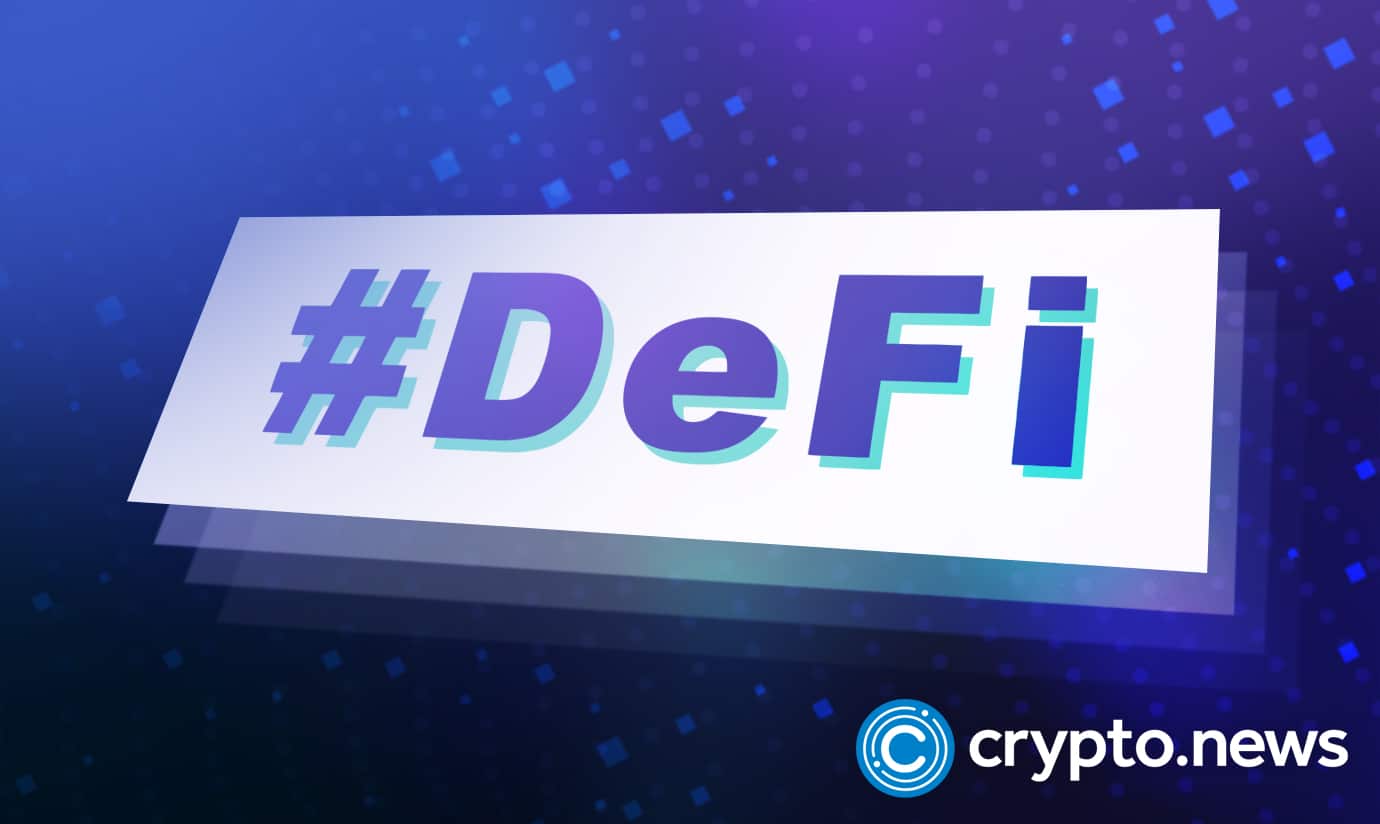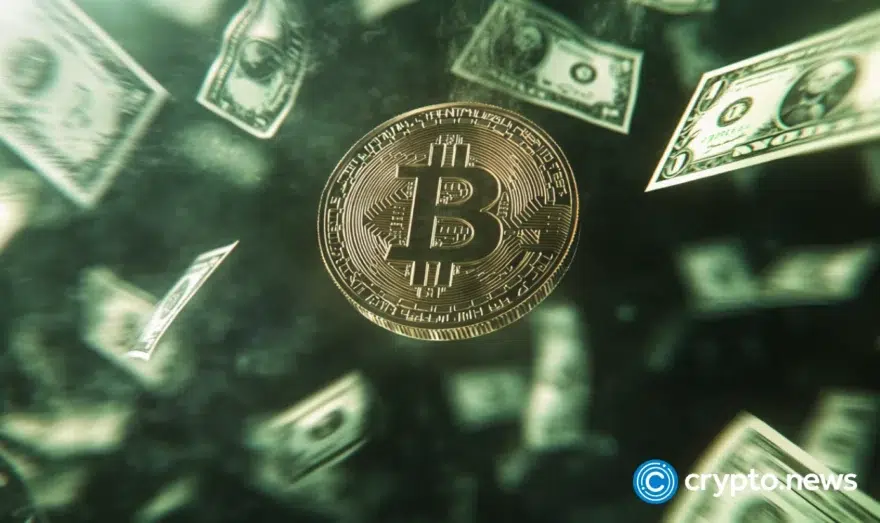What Is a Flash Loan in Decentralized Finance? A Beginner’s Guide

Flash loans are a new lending approach that has gained popularity across several DeFi protocols. While many traders celebrate this novel instrument for enabling arbitrage and fast trades that were not feasible before the advent of blockchain, others are pessimistic about their shadowy side as they have been used in a series of attacks in many DeFi protocols. Read on to learn more about flash loans, how they work, and what you can use them to do.
What Is Flash Loan?
A flash loan is a lending mechanism where a lender loans out money to a borrower with an expectation of immediate repayment powered by smart contracts.
Flash loans are uncollateralized and unsecured and have risen in popularity among crypto users due to the potential for revenue-generating opportunities they hold.
They are somewhat similar to the lending processes in traditional finance but they have some unique features, such as the use of smart contracts, lack of collateralization, and their instant nature.
Smart Contracts: Smart contracts are blockchain-based tools that facilitate the lending process between lenders and borrowers using predetermined conditions. The smart contract automates the process and ensures that funds do not change hands until those specific sets of conditions are met. In a flash loan, the borrower is required to repay the loan within a single transaction or the funds will automatically be reversed by the contract as if it never occurred.
Uncollateralized: To secure a bank loan, there’s always a review of your creditworthiness and due approval processes. Additionally, you may have to provide assets as collateral in the event of a repayment failure. However, no collateral is offered in the case of flash loans as the borrower repays the loan instantaneously, and in case of default, the smart contract reverses itself and deems the transaction unsuccessful.
Instant: In traditional lending, securing loans requires due diligence and other legal processes, which increase the time frame before they are finally issued. And lenders expect these loans to be paid steadily over a specific period. However, flash loans happen instantaneously, which means the lender accesses and returns the loan almost immediately.
How Do Crypto Flash Loans Work?
To take out crypto flash loans, a borrower will call the smart contract using the loaned funds to perform instant trades with the expectation of profit from arbitrage opportunities when two markets are pricing a cryptocurrency differently.
On decentralized lending platforms, flash loans typically work with the following logic:
Application: The borrower requests a flash loan on the lending platform and creates a list of commands, such as sales, DEX purchases, trades, etc., in an attempt to make a trading profit.
Repayment: Before the transaction is completed, the smart contract automatically repays the loan and deducts a fee when the transaction is profitable. The smart contract will reverse the transaction and return the funds to the lender if the borrower does not repay the capital or the trade does not yield profit.
As exciting as flash loans may be, they come with one major setback – a flash loan attack.
Smart contracts as technology are still in their infancy and there’s a lot that developers need to figure out to protect them against manipulation by bad actors.
Currently, hackers often exploit loopholes or existing vulnerabilities in lending protocol systems to take large loans and manipulate market prices, and subsequently trick the smart contract that the loan has been repaid. It is often done by temporarily pushing up the price of the coin that is being used to repay the loan.
Most DeFi lending platforms are now reducing the occurrence of such attacks by integrating decentralized pricing oracles such as Band protocol and Chainlink to fetch price feeds. Moreover, DeFi protocols regularly conduct security audits to detect existing vulnerabilities and fix them quickly.
What Are Flash Loans Used For?
Although flash loans are a relatively new concept introduced in the world of DeFi, investors are leveraging them in several ways to save costs and generate more revenue.
Below we outlined several ways people are using them in the DeFi markets.
Arbitrage Opportunities
Due to discrepancies in most AMMs, the prices of crypto assets on some decentralized exchanges may trade below or above the general market price. Hence, traders leverage the mechanism of flash loans to profit from these price disparities.
For example, if the price of ETH is trading at $2,000 in Exchange A, but $2,020 on Exchange B, traders can use a flash loan to buy, say 20 ETH at $2,000 in the market and sell for $2,020 in Exchange B, generating a profit of $400 – all in one smart contract transaction without providing any collateral. However, it’s not that easy because several other traders are trying to profit the same way, plus you may also want to keep in mind high-interest rates and slippage.
To Reduce Transaction Fees
One of the drawbacks of most decentralized protocols is the high transaction fee that one has to pay for using them, especially because they majorly run on the Ethereum blockchain. Since a flash loan involves combining several transactions that could have passed multiple steps into one smart contract execution, the transaction fee is reduced. The only fee users end up paying is just that of covering the flash loan itself.
Swapping Collateral
Flash loans can also be used in a multi-collateral lending transaction where users quickly replace the collateral used in securing a loan with another collateral.
How to Make Money with Flash Loans?
Flash loans aren’t really a quick and easy way to make money. Like all investments, it requires critical research and technical understanding. The obvious way to make money with flash loans is by using them to capitalize on arbitrage opportunities.
However, arbitrage opportunities are not easy to come by. You have to spot arbitrage opportunities and quickly capitalize on them before other traders. Traders with access to technical knowledge, high-quality trading software, and experience have the potential to make more money than others.
For example, experienced traders use algorithms to implement trading commands in bots to enable them quickly take advantage of arbitrage opportunities.
In all, it’s important to do your own research and keep in mind that flash loans aren’t get-rich-quick schemes.
FAQs
Are Flash Loans Illegal?
The decentralized finance (DeFi) space isn’t subject to much regulation from government regulatory bodies. Hence, there’s no real clarity about the legal status of flash loans. In fact, the same can be said for the wide array of decentralized solutions.
What is a Flash Loan Attack?
A flash loan attack occurs when a malicious entity exploits vulnerabilities or introduces unwanted modifications into a flash loan smart contract to siphon the funds in a DeFi protocol rapidly.
What is Flash Loan Arbitrage?
Flash loan arbitrage is the process of using flash loans to quickly capitalize on the price difference across decentralized exchanges without providing any financial resources. It’s arguably the most popular application for flash loans.











